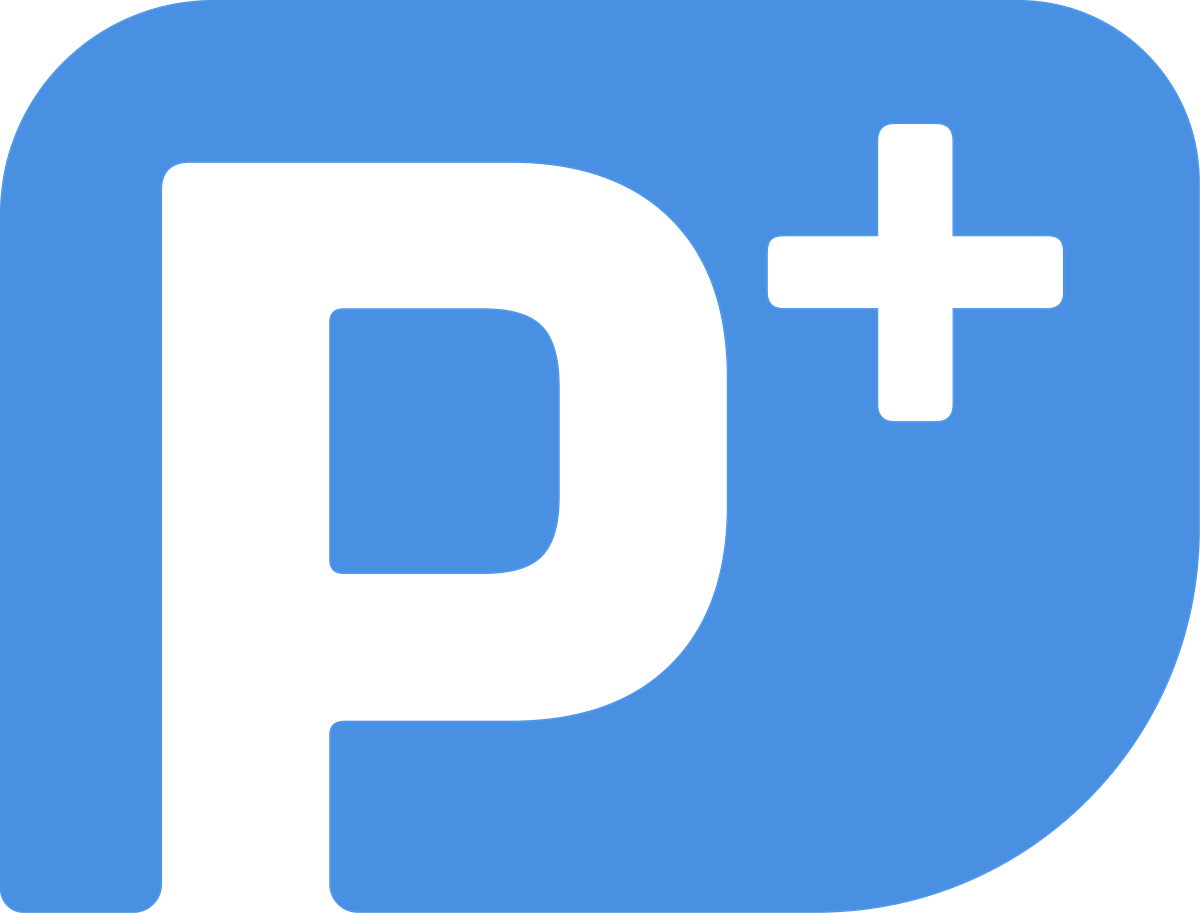Internal vs. External Business Development Training: What can we take on? What should we Outsource?
In our 2021 State of Business Development Coaching and Training at Law Firms, we learned that, on average, firms invest 5% of their marketing budgets in coaching, and 79% of firms have implemented a business development coaching and training program.
The sizeable focus of law firms – not unlike fellow professional service firms – on business development coaching and training is not surprising considering the myriad benefits it provides. It can teach seller-doer service professionals and firms’ business development leaders how to:
Proactively capitalize on potential opportunities within the firm
Clarify business development goals, strategies, and direction
Articulate what service providers do in a memorable, compelling way
Determine the quality and caliber of a professional network
Identify opportunities to pitch services
Make time to pursue business development opportunities
Determine the most effective frequency for client site visits
Turn networking into an effective and meaningful use of time
Effectively position a professional brand in the business community
Our study found that 59% of firms provide coaching and training using internal resources, and 41% use outsourced resources. Which option is best for your firm?
There are several things to consider when deciding whether to provide business development coaching or training utilizing internal resources or outsourcing. Cost is, of course, one of the main determining factors.
Soft costs vary for firms of different sizes. As firm sizes increase, more and more coaching/training is delivered internally, and soft costs, namely marketers’ hours, increase proportionately. The average time lawyers invest when participating in a coaching or training program stays roughly consistent at 8.2 hours, regardless of firm size and the ratio of internal to outsourced delivery. The same applies to other professional service industries, although the average number of hours may vary slightly.
Hard costs for coaching and training programs are $5,000 -$12,000 per lawyer on average; money wisely invested considering high-ROI programs deliver a 25-30% improvement in key skill sets, like cross-selling and pipeline management.
In addition to cross-selling and pipeline management, high-ROI programs emphasize general business development skills, including networking, relationship building, and acquiring new clients. Compared to average-ROI programs, they also have more buy-in among firm management, the marketing department, and the seller-doer population.
Another consideration when determining whether to insource or outsource a business development coaching or training initiative is what type of technology you can provide. Our study showed that low-ROI firms primarily use basic platforms in the Microsoft Office Suite. In contrast, high-ROI programs incorporate business development technology to track progress and measure ROI, namely Pipeline Plus or CRM.
The decision whether to insource or outsource business development coaching or training is also political. You’ll want the initiative to be a significant win for your team. If you have the time, talent, and resources to provide coaching or training internally that achieves impressive results, you’ll be a hero in leadership’s eyes. If an external resource would likely offer a greater return on both the hard and soft cost investments, it’s essential to outsource parts or all of the program to a trusted partner to achieve the same win with leadership.
The following decision tree will help you determine which option is best for your firm:
If you answer yes to five or more, you should insource, recognizing that results may vary. If you answer yes to four or fewer, you should consider outsourcing, acknowledging the process may take slightly longer, but the results will be worth the wait.

